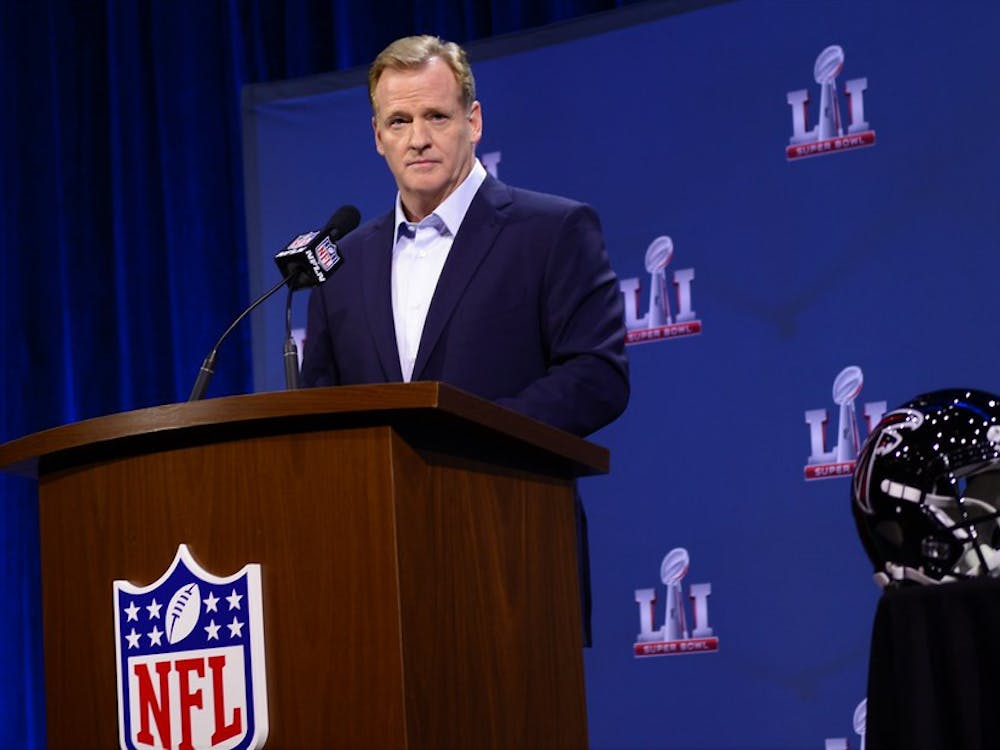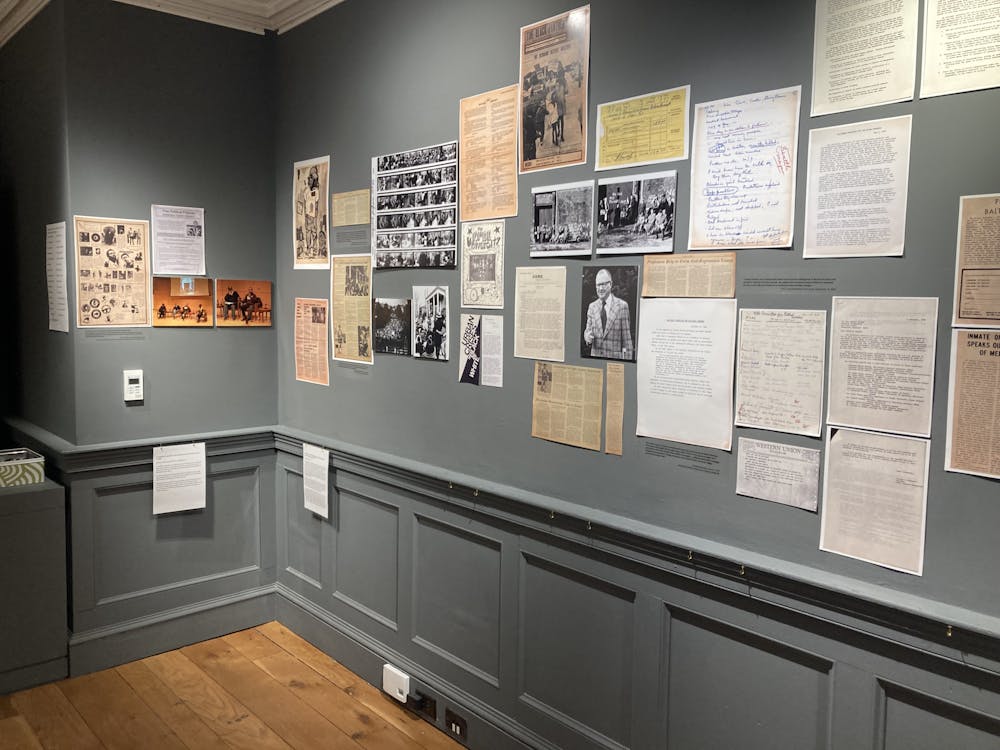For the past few years cinemas have been graced by film adaptations of Suzanne Collins’s wildly popular Hunger Games novels. Set within a dystopian Panem civilization, the stories detail the struggles of Katniss Everdeen as she struggles to overcome the titular games wherein young children are systematically rounded up and forced to fight one another to the death. Sporting high-stakes combat, typical love octagons, smatterings of teenage drama and sprinklings of dark political undertones, these films have all the makings of high quality, but typical, young adult films.
That is, until this most recent installment.
The Hunger Games: Mockingjay — Part 1 nearly abandons the story from the previous film installments in favor of focusing almost entirely on those aforementioned sprinklings of dark political undertones. Gone are the Games to be replaced instead with political meandering in a war between two factions. Drama gives way to the pushing of propaganda as the characters begin to feel small against the backdrop of the world in which they live — a world which, for the first time, feels fully realized. The question remains: Does this divergence work?
The film opens right on the tail of the previous installment, Catching Fire. Recovering from the severe physical and mental scarring resulting from not one but two bouts in the Hunger Games arena, Katniss Everdeen (Jennifer Lawrence) finds herself trapped in the embrace of a rebel faction seeking to take down the corrupted world government known as the Capitol. Without a home, without Peeta, her longtime partner in the Games, and without hope, Katniss finds herself looked upon as a symbol of hope for the revolution, owing primarily to her actions throughout the previous films.
As the Capitol mobilizes to destroy the revolutionaries once and for all, Katniss is forced to decide whether or not she will throw in her lot with these rebels and in doing so, fight to establish a world free from oppressive governance.
Right from the offset, Mockingjay proves itself to be a different sort of film altogether from its predecessors as it leaps from a YA action drama into what feels like a fully-fledged wartime drama. The stakes rise from personal to global and the tension of the prior films grows so thick that audiences will feel it weighing on their shoulders.
Partway through the film there is an extraordinarily powerful scene accompanied by a musical number that perfectly highlights everything the film seems to comprise: the pain of loss, nearly helpless weakness and the faint glimmers of hope and desire that keep people fighting regardless of their opposition. Mockingjay is a film built to rekindle hope and invigorate the audience, just as the characters must be in order to progress to the conclusion.
But does it work?
The pieces interlock beautifully beyond any doubt. Lawrence, always game for drawing 130 percent out of her characters, delivers her best performance of Katniss Everdeen to date. Liam Hemsworth and Woody Harrelson return to their roles from the prior two films and fans will be delighted to find them both in top form. Also returning is the late Philip Seymour Hoffman as Plutarch Heavensbee, a mysterious figure from the previous film finally given room to breathe. The remarkably tight chemistry on the side of the protagonists combined with the deliciously sinister President Snow (brought to malicious life by Donald Sutherland) makes the casting and acting clearly stand out as the film’s strong point.
The cinematography and setting of the film take strong turns in this film as well. As the film takes place primarily in a military bunker, the cinematography becomes much closer and confined, and since the characters are holed up in a tight place, the camera stays close-up on the protagonists. While this does serve to make many scenes more intimate, it does make one feel a bit claustrophobic at times.
Furthermore, while the close-up shots certainly serve to make the action scenes and choreography more frantic and desperate, they do little to allow the audience to really see and take in what is going on.
These action scenes are too few and far between. Though the film does follow a very typical three-act structure, everything feels like exposition throughout. No less than the first half of the film is spent establishing the identity of this new rebel faction, and the second half of the film, while climactic in its own right, feels almost entirely as though it’s buildup for the next film. The two sides are divided by an admittedly well done and high stakes action turning point, but it unfortunately is not enough to save the film from feeling primarily like it is setup.
Don’t get me wrong, the film does its setup very well. It rebuilds the universe of the films into one both similar and vastly more mature and it sets pieces into play for what is sure to be an excellent finale.
Looking back I find myself caring more and more about what that finale will be than I do about the buildup to it. For fans of the series this is a must-see, and it is by all means a very well done film. It’s biggest drawback is that it is entirely overshadowed by a film that, unfortunately, will not exist for another year.
Overall Rating: 4/5















Please note All comments are eligible for publication in The News-Letter.